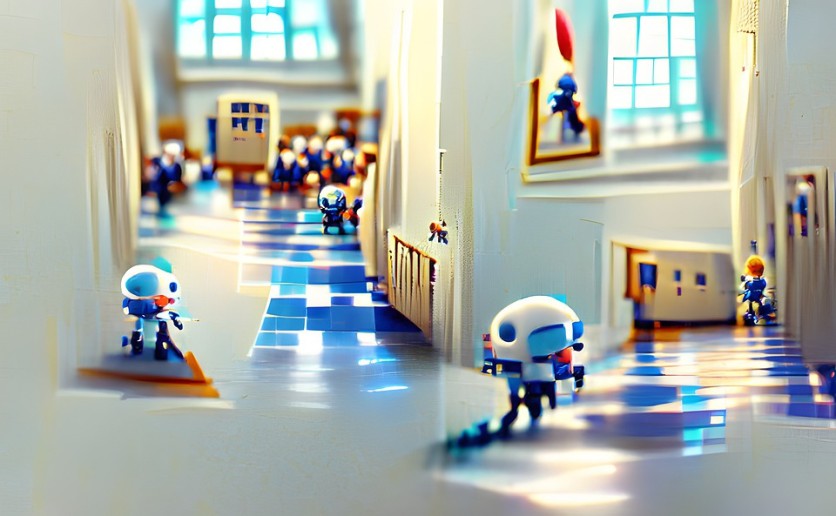While creating a tiny robot entirely from DNA to observe cell processes that are not visible by the naked eye may sound like another far-fetched science fiction, scientists from Inserm, CNRS, and Université de Montpellier are here to say that it is accurate.
This extremely cutting-edge "nano-robot" should make it possible to study mechanical forces at microscopic scales in greater detail, which are important for various biological and pathological processes.
This recent study was published in Nature Communications and was first reported by Inserm's press release.

Micromechanical Forces
Micromechanical forces acting on our cells cause biological signals that are crucial to many cell processes at work in either the emergence of diseases or the regular operation of our bodies.
For instance, the sensation of touch depends in part on the exertion of mechanical forces on particular cell receptors.
Inserm explains that these touch-sensitive receptors, or mechanoreceptors, also enable the control of other important biological processes like blood vessel constriction, pain perception, and many more.
Numerous diseases, including cancer, are impacted by the dysfunction of this cellular mechanosensitivity because cancer cells move throughout the body constantly adjusting to their microenvironment's mechanical characteristics.
However, this adaptation will only be plausible if particular forces are identified by mechanoreceptors that transport the information to the cell cytoskeleton.
There are a few technologies that apply these controlled forces and study their mechanism. However, they are limited, expensive, and time-consuming, according to Inserm.
Creating The Robot Out of DNA Origami Structures
The research group at the Structural Biology Center (Inserm/CNRS/Université de Montpellier), led by Inserm researcher Gatan Bellot, chose to use the DNA origami technique to present a substitute.
This makes it possible for DNA molecules to serve as the building blocks for 3D nanostructures that self-assemble in a predetermined shape.
As a result, the scientists created a "nano-robot" made of three DNA origami structures. It is therefore comparable in size to a human cell, being nanometric in size.
The force that can be applied and controlled with a resolution of 1 piconewton, or one trillionth of a Newton, was also made possible for the first time.
Inserm said that 1 Newton is equivalent to the power of a finger clicking on a pen. This is the first time a self-assembled DNA-based object that humans created can exert force with such precision.
A tool like this is very helpful for basic research because it can be used to learn more about the molecular processes underlying cell mechanosensitivity and identify new cell receptors that are responsive to mechanical forces.
The robot will also enable researchers to more precisely determine important signaling pathways for a variety of biological and pathological processes that are stimulated at the cellular level during the application of force.
This article is owned by Tech Times
Written by Joaquin Victor Tacla
![Apple Watch Series 10 [GPS 42mm]](https://d.techtimes.com/en/full/453899/apple-watch-series-10-gps-42mm.jpg?w=184&h=103&f=9fb3c2ea2db928c663d1d2eadbcb3e52)



